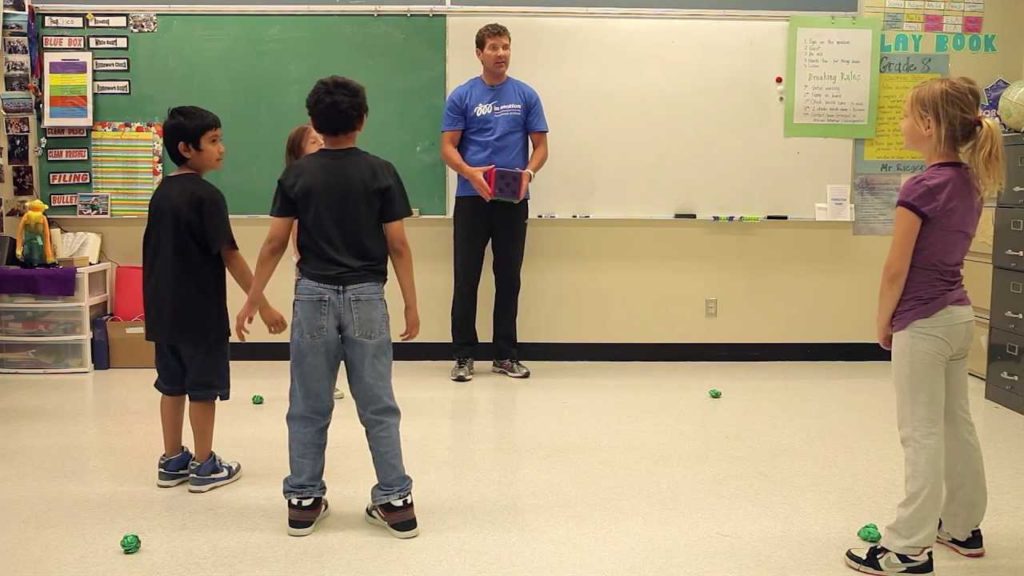9 Strategies for Checking for Student Understanding
May 30, 2017 March 28, 2020
How do you determine if the students have learned what you want them to?
One important aspect of teaching is making sure the information is getting through, processed, retained and understood. There are ways of finding out if they have learned anything from your efforts. The first consideration is to set up Collaborative Pairs in your classroom. Collaborative Pairs is the base grouping and organizational tool for classroom use where students are paired for the purposes of engaging their thinking about the lesson and monitoring their understanding. You can monitor pairs and make reasonable determinations regarding which students understand, which students need additional support, and which students are not understanding.
Using Collaborative Pairs, especially when used purposefully with Numbered Heads, provides both teachers and students a way to check for understanding. Talking about what they learning allows students to reflect, process, practice, clarify, and retain new information. Begin by pairing students that collaborate well together and increase active engagement. When creating pairs, it has been found that the most effective ability pairings are: High-middle, middle-middle and middle-low. Use Collaborative Pairs consistently and pervasively, especially during large group instruction. Students become actively engaged in the learning process, which research has shown is critical for success. As you are teaching, check for understanding by briefly pausing your lesson several times and using collaborative pairs. This strategy will get your students to say or do something with the information they are just learning.









